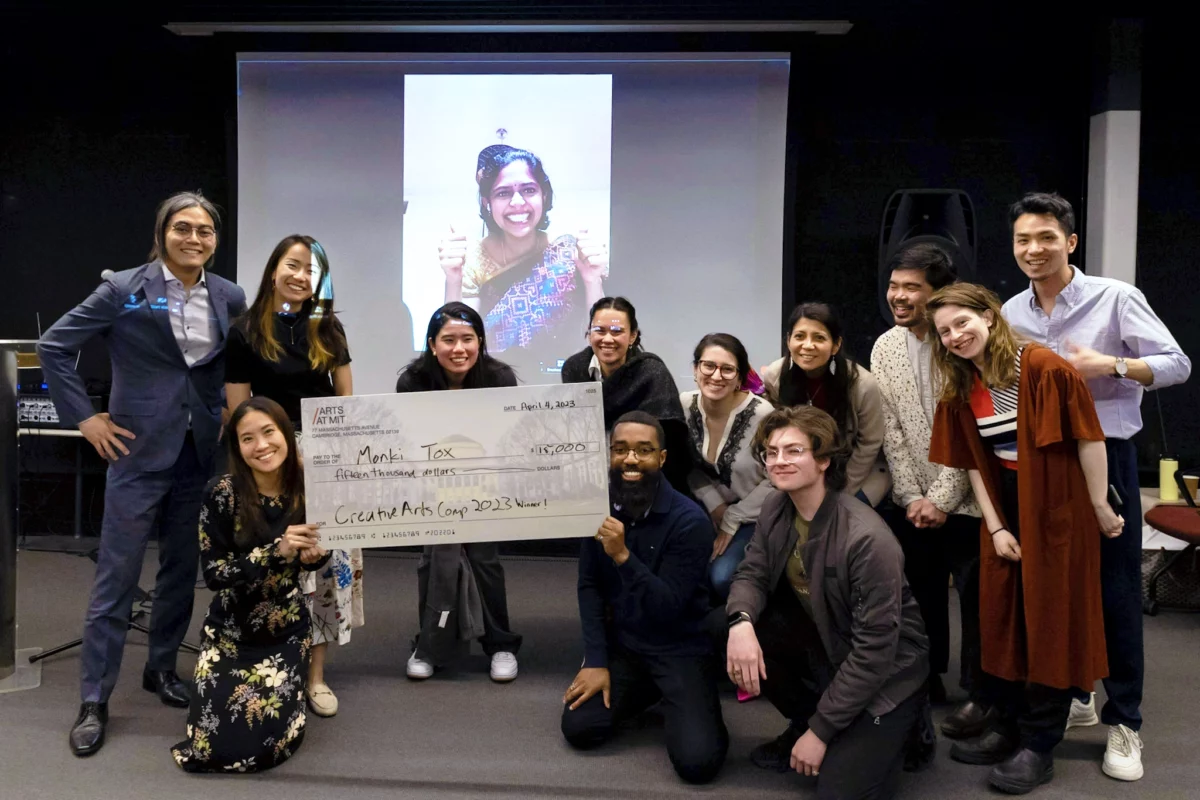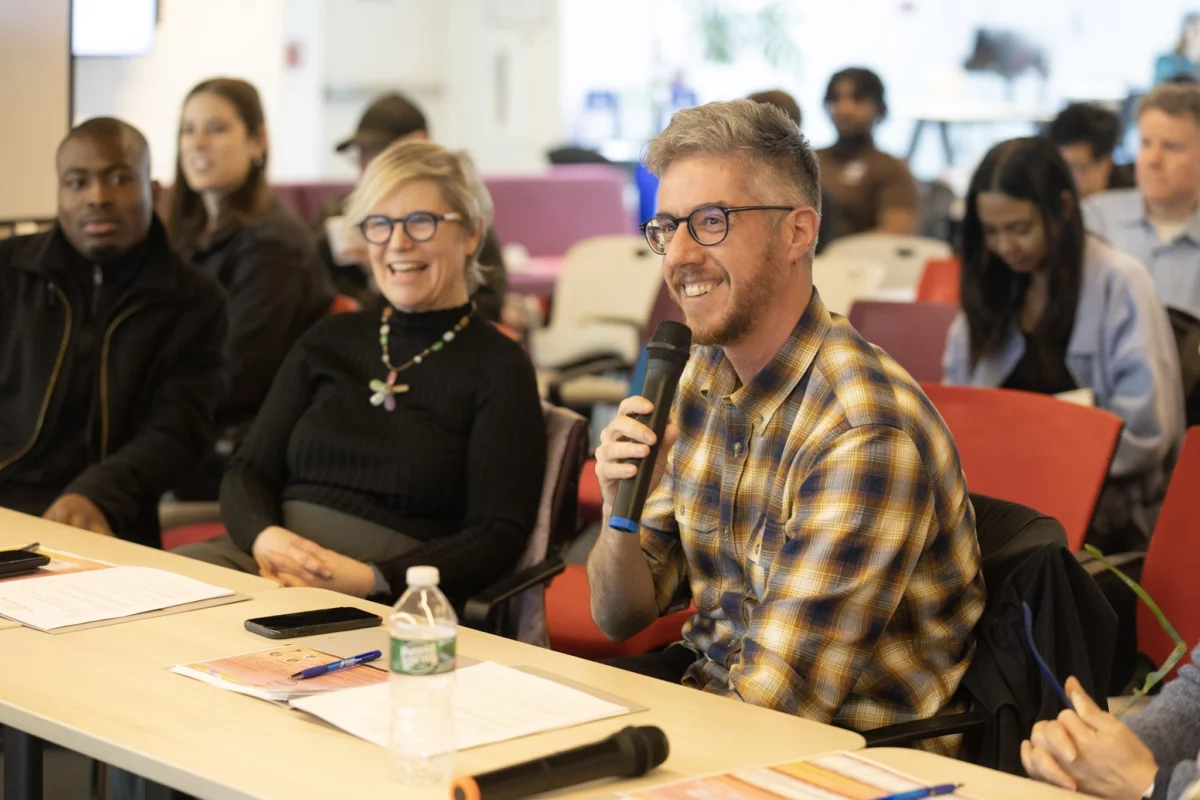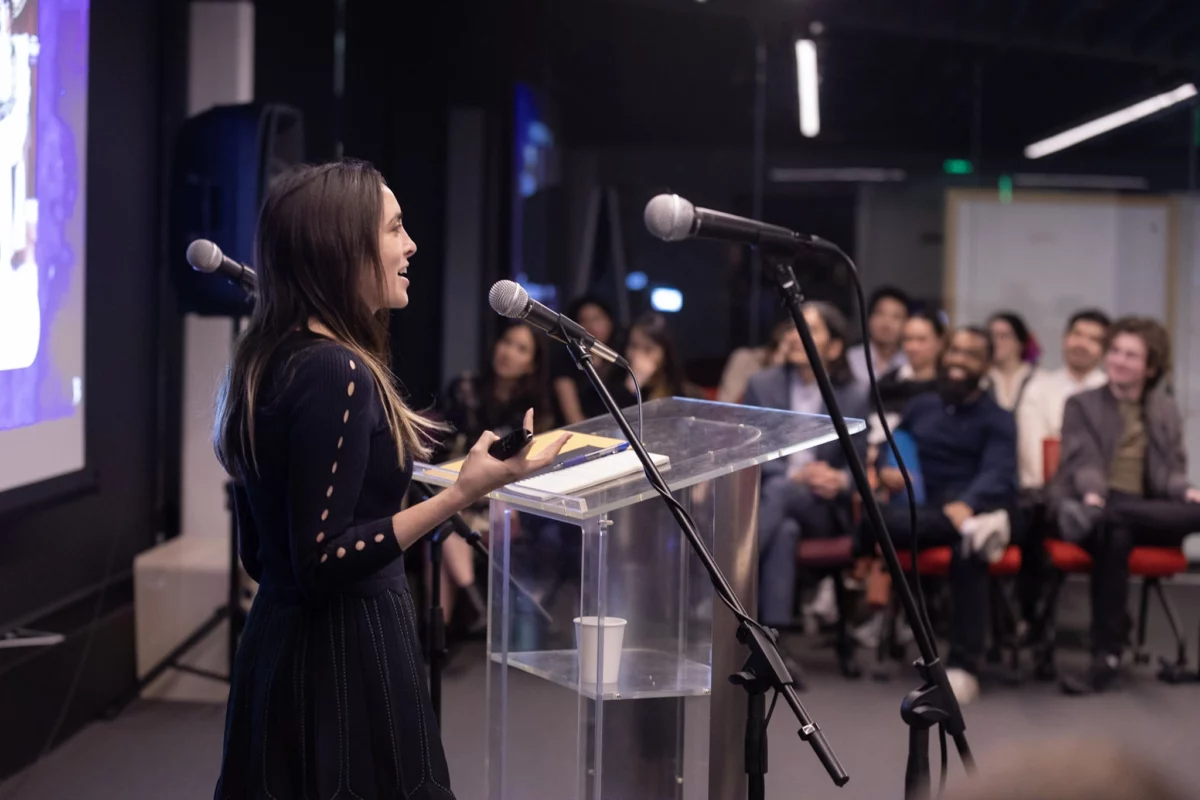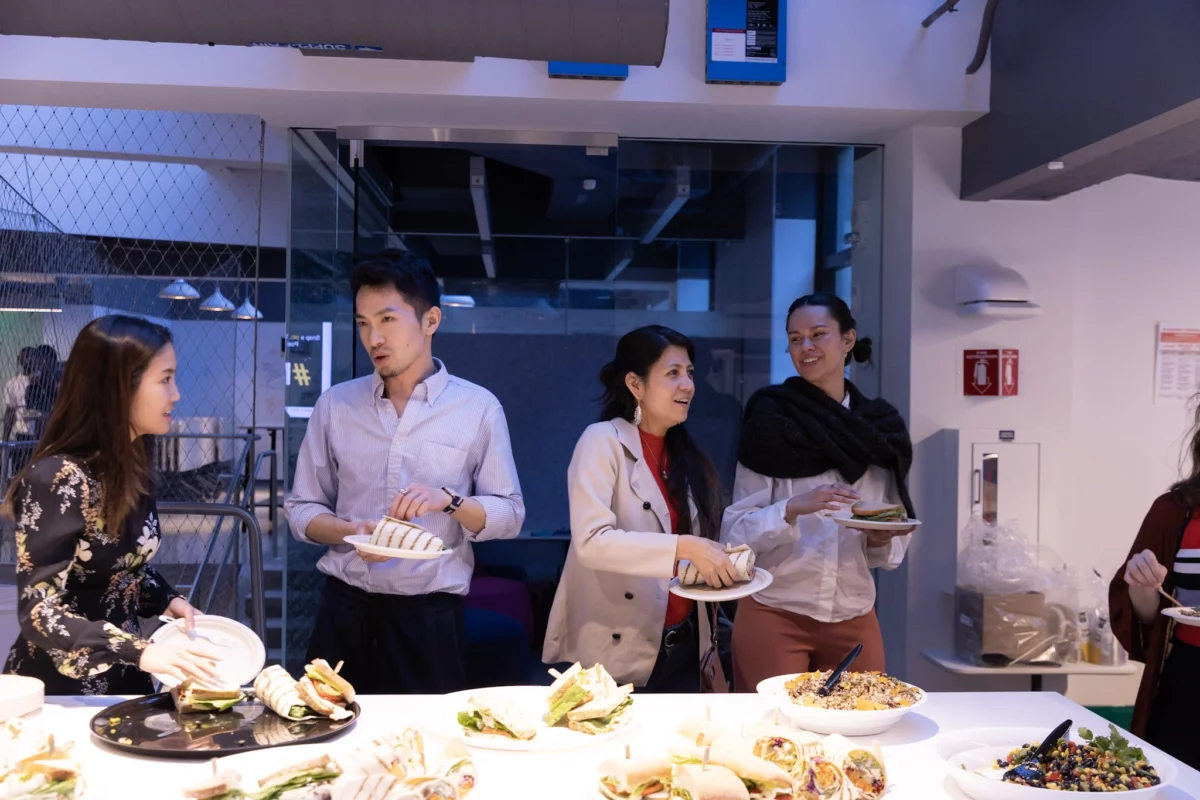One of the beauties of art—of all creative endeavors—is that it cannot fully be quantified. Statues and films and stories all have value. But apart from a few high-flying market makers, it’s hard to assess their actual worth. The difficulty in putting a dollar or societal value on artistic activity can discourage investors, entrepreneurs, and even creatives from taking a concerted interest in art.
The MIT Creative Arts Competition offers aspiring and current creatives a platform where they can propose, develop, and launch a viable venture. Since 2013, more than 200 student teams have pitched endeavors ranging from an online music mentorship program to a design studio that licenses digitized traditional artworks to high-end fashion and retail. A record 41 teams submitted proposals for the 2022–23 competition. Ten teams made it to the semifinal round. These ten attended workshops and consulted with primary and secondary mentors.
The Final Pitch Night
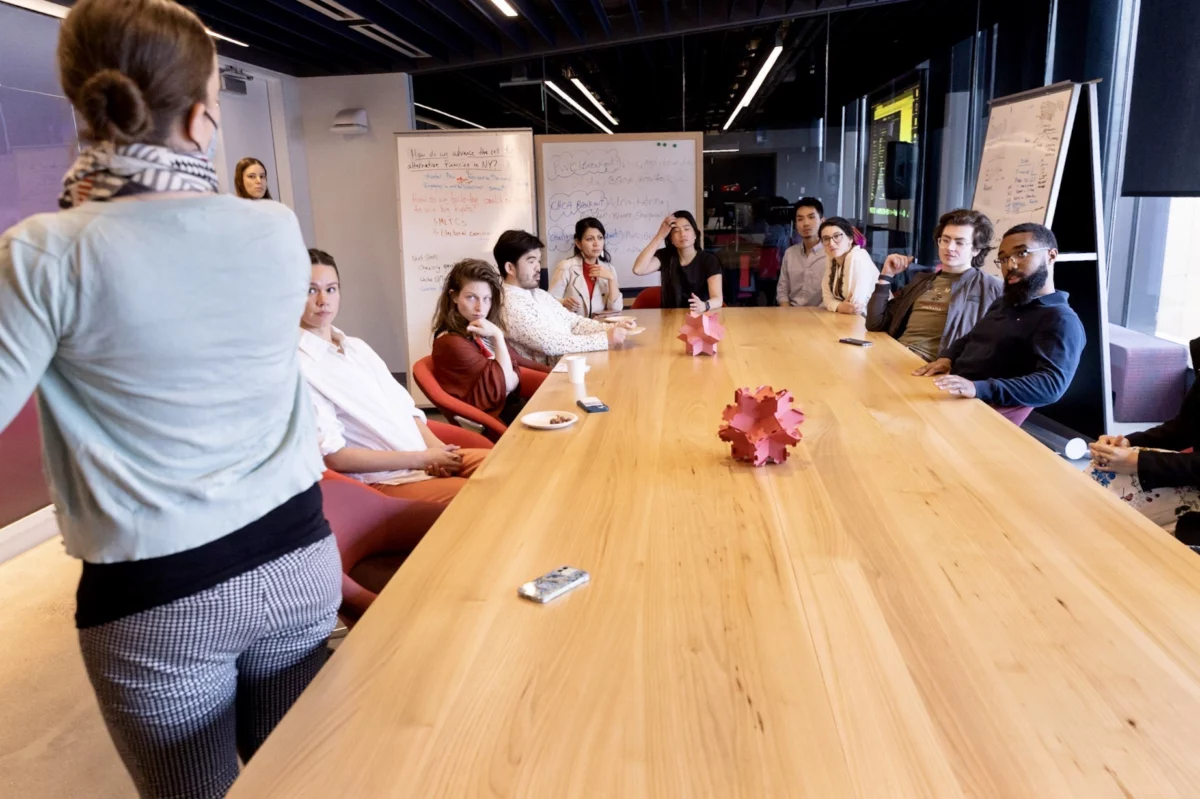
On Tuesday evening, the five finalist teams pitched their ideas to a jury and packed house at the MIT Innovation Headquarters. Monki Tox, an audio storytelling app that helps Indian children connect with their roots, won the $15,000 first prize. The remaining four semifinalist teams each received prizes of $2,500.
“For me, this all started when I became a mom,” says Divya Iyer SDM, founder of Monki Tox. “I wanted my kids to have access to their Indian culture, to traditional stories and songs and languages. It’s important that these stories are told to those of us living in the West. And it’s important that these stories are told by mothers, as we do in Monki Tox, so our children can see that while their mothers may dress or look differently, they are still powerful and intelligent.”
Monki Tox is conceived for families in the Indian diaspora, as well as for families who migrate from India’s rural areas to its cities. Iyer’s pitch, delivered via Zoom from Stuttgart, Germany, resonated with the jury and the crowd. “We are an immigrant family in the U.S.,” says jury member Jinane Abounadi, executive director of the MIT Sandbox Innovation Fund. “I know how hard it is to teach my children about our native culture and traditions while living here.”
The Teams
The five semifinalist teams pitched proposals across a wide spectrum of media and markets. Yet all five shared the same central theme: they focused on access—whether that was improved access to the mystifying online art market, access to psychotherapy, or access to vanishing tales and traditions for children born in the Indian diaspora.
Artizen
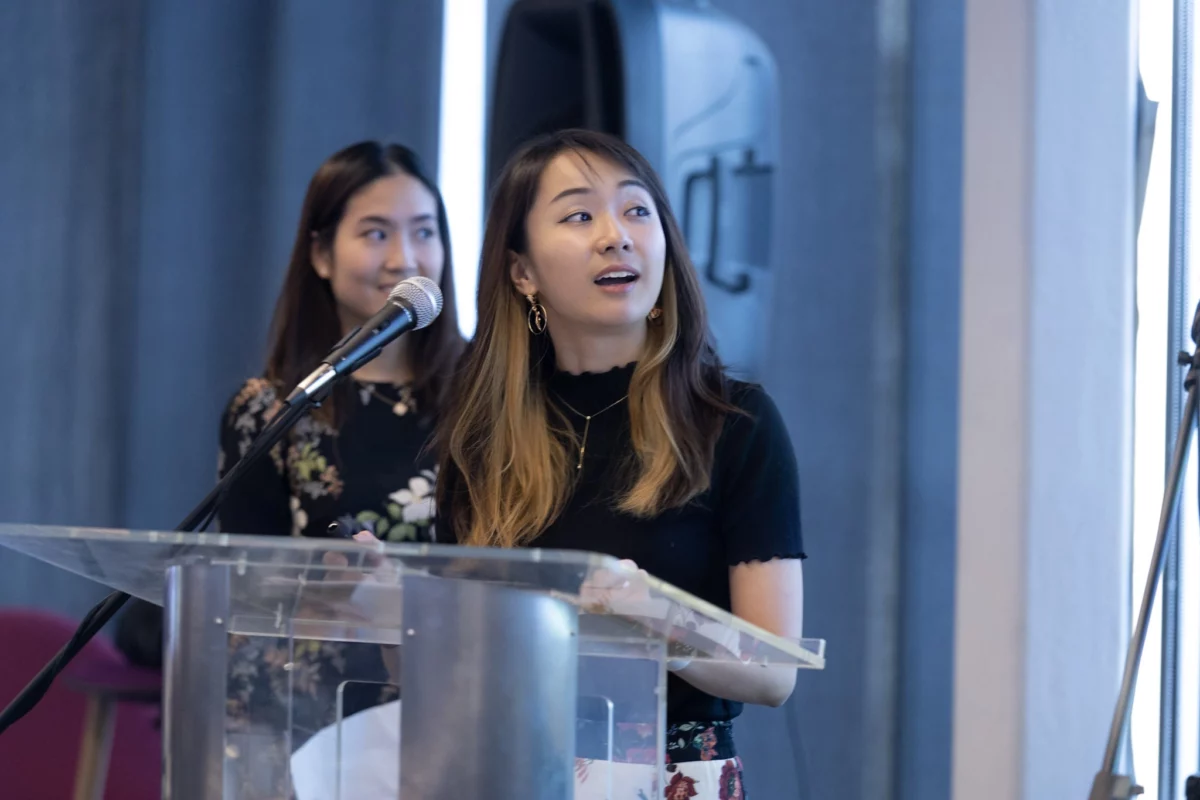
Online commerce was supposed to democratize the experience of buying art. But Minnie Fu, co-founder of Artizen, thinks there are still too many barriers for entry. “The online market is still concentrated on high-end, well-known artists,” says Fu, who created the AI algorithm-based art marketplace along with fellow first-year Sloan student Natcha Sophonpanich and Purdue graduate student Angel Lam. “People get discouraged by steep prices, and by the lack of quality art available in their price range.”
Artizen aims to connect buyers with emerging artists and new or non-profit art galleries, initially in Asia, and later around the globe. “We think we can offer people a better art discovery experience,” says Sophonpanich, “and a more creative, tech-savvy experience as well.”
Embrace
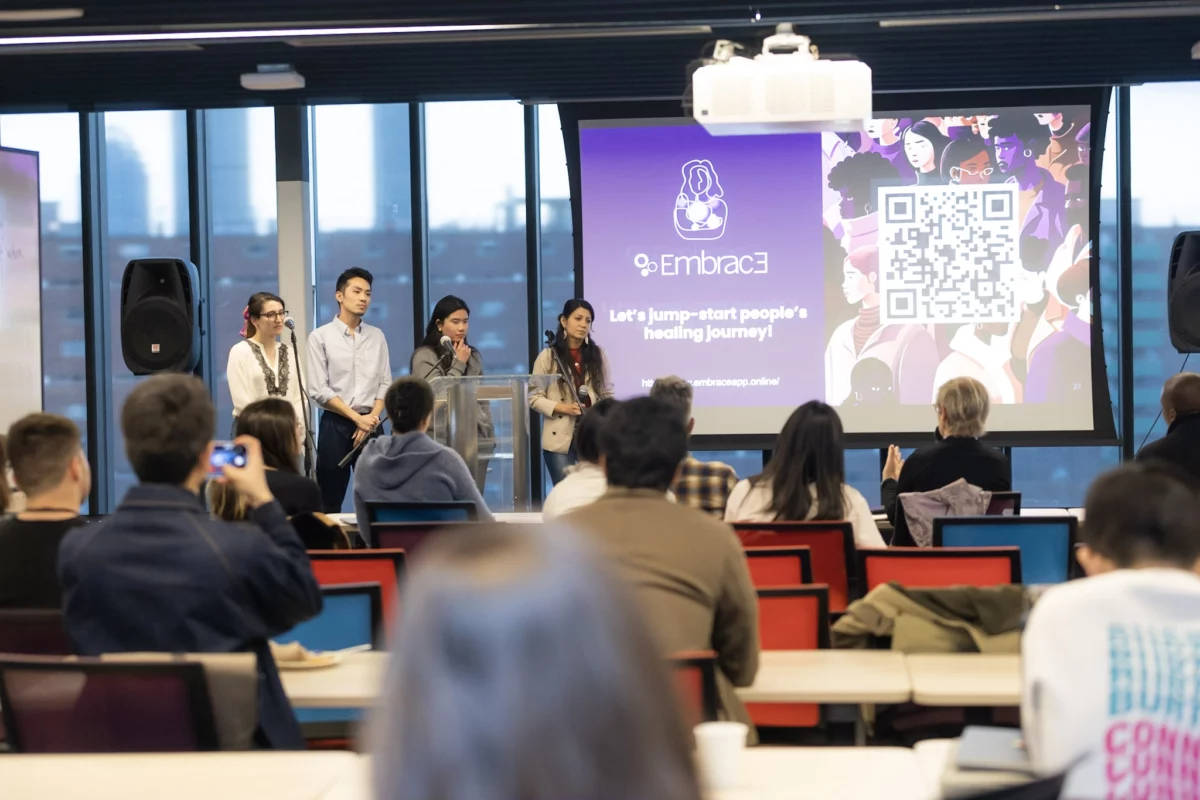
According to most estimates, over half of people who request a psychotherapy appointment give up because of long waiting times. “We want to help patients make good use of that waiting time, to jump start the healing process, and make sure people make it to that first appointment,” says Gabriela Torres, who co-founded Embrace with fellow IDM student Chen Huang. Their online application uses AI-enabled expressive art therapy to help clients craft a narrative they can bring to therapy. Through avatars, games, and a series of non-invasive questions, patients find tools to describe their traumas and envision a path towards a healthier, happier future.
Kino AI

Co-founders Wesley Block ’22 and Luke Igel ’23 came up with the idea for Kino AI during COVID, when they moved to Utah to fashion 80 years of archival footage into a documentary on the history of MIT. “We saw firsthand how outdated video production is,” says Igel. “How filmmakers are still using spreadsheets with screenshots to catalog their footage.”
Kino AI is a digital assistant that transcribes and describes those video assets, enabling filmmakers to locate elusive shots and sequences and insert them into their final cut with the click of a button. Filmmakers and editors can search the database of shots and sequences by description or by image—a query with the words stop light will yield a list of every shot showing a stop light. “This will make it so much easier to be a filmmaker,” says Igel.
Oneshoe3D

Oneshoe3D is also aimed at parents and the way they purchase footwear for their children. “Parents buy shoes for their children three or four times a year,” says Sasha McKinlay, MArch ’23, Oneshoe3D co-founder alongside Thaddeus Lee, MArch ’22 and Ganit Goldstein SMArcS. “That’s seventeen pairs of shoes by the time the child is six. Seventeen pairs of shoes that usually end up in landfill.”
Oneshoe3D proposes a new production and purchasing model where parents order custom-sized 3D printed footwear for children. The shoes, shipped in a flat box, are made of materials designed for easy recycling or rapid biodegradation. “We’re looking to reduce the huge amount of waste in this industry,” says McKinlay, “and to save parents some aggravation and some money.”
Turning Artists Into Entrepreneurs
The Creative Arts Competition is the only resource exclusive to arts-focused startups at MIT. “It’s always hard to survive as a startup,” says Emma Kaye, last year’s competition winner. Kaye delivered an update on her startup Cosmosii, an online custom costume marketplace. “It’s doubly hard for a startup in the arts. We wouldn’t be here without this competition.”
The Creative Arts Competition also attracts a different type of entrant, offering students who may not have originally seen themselves as entrepreneurs a chance to partake in MIT’s innovation ecosystem. “This competition helps artists and creative people access their entrepreneurial identities,” says Avital Shira, the arts leader and community organizer who runs the competition. “But it also encourages entrepreneurs to tap into their creative selves. It’s a unique intersection within the innovation space.”
Written by Ken Shulman
Editorial direction by Leah Talatinian

